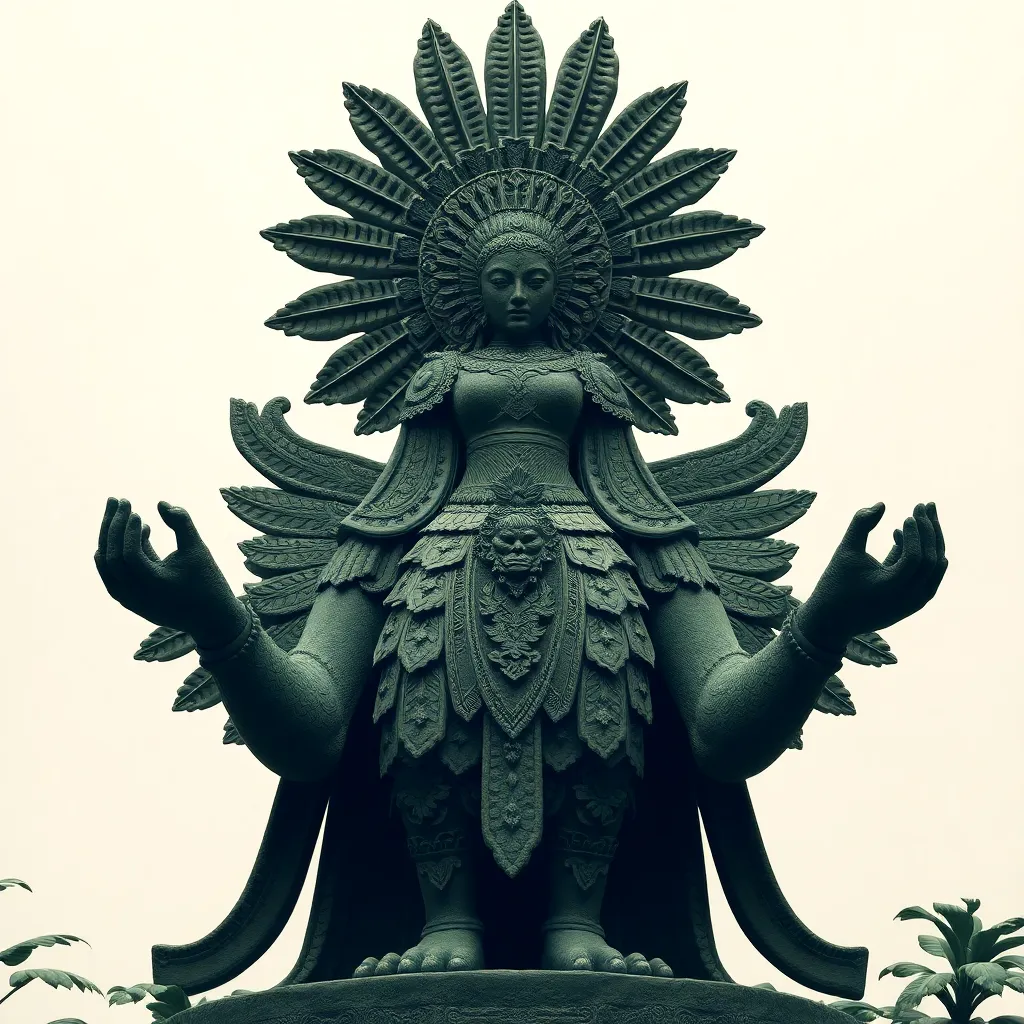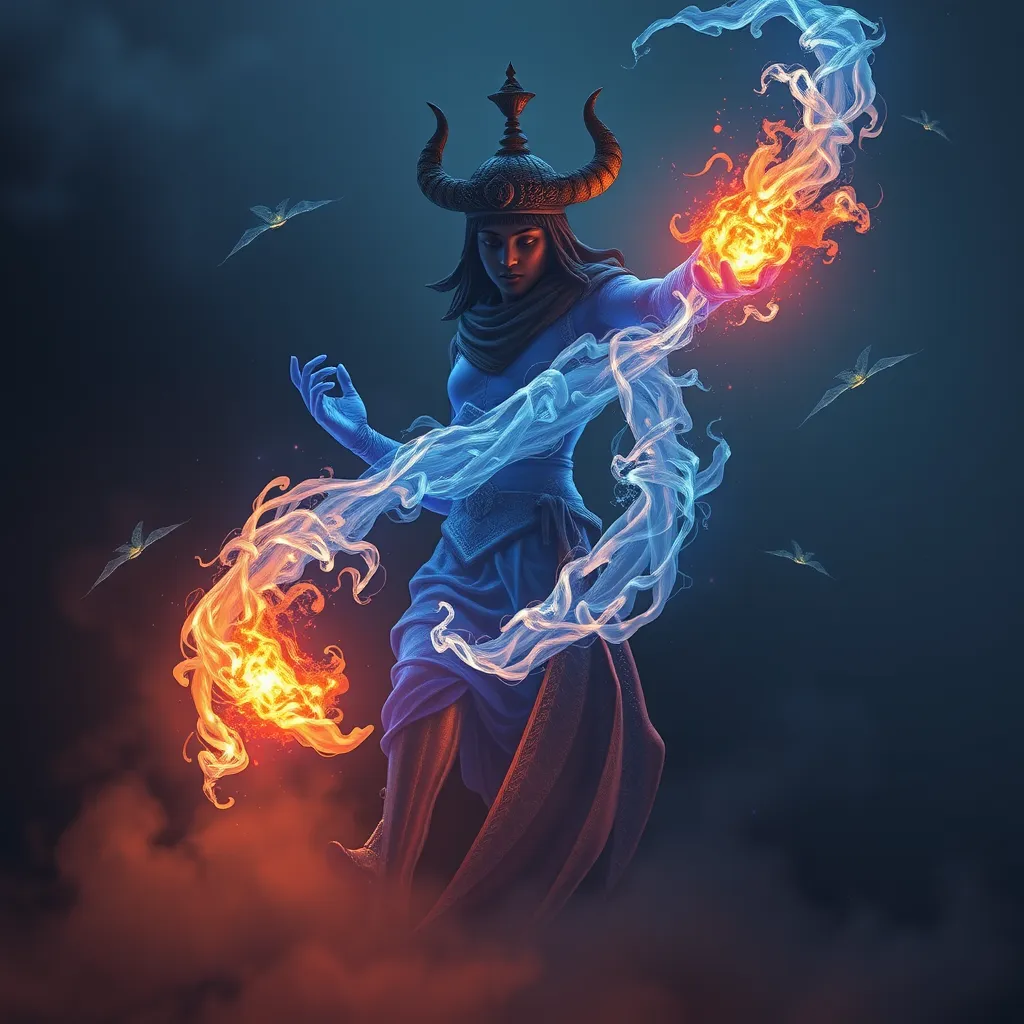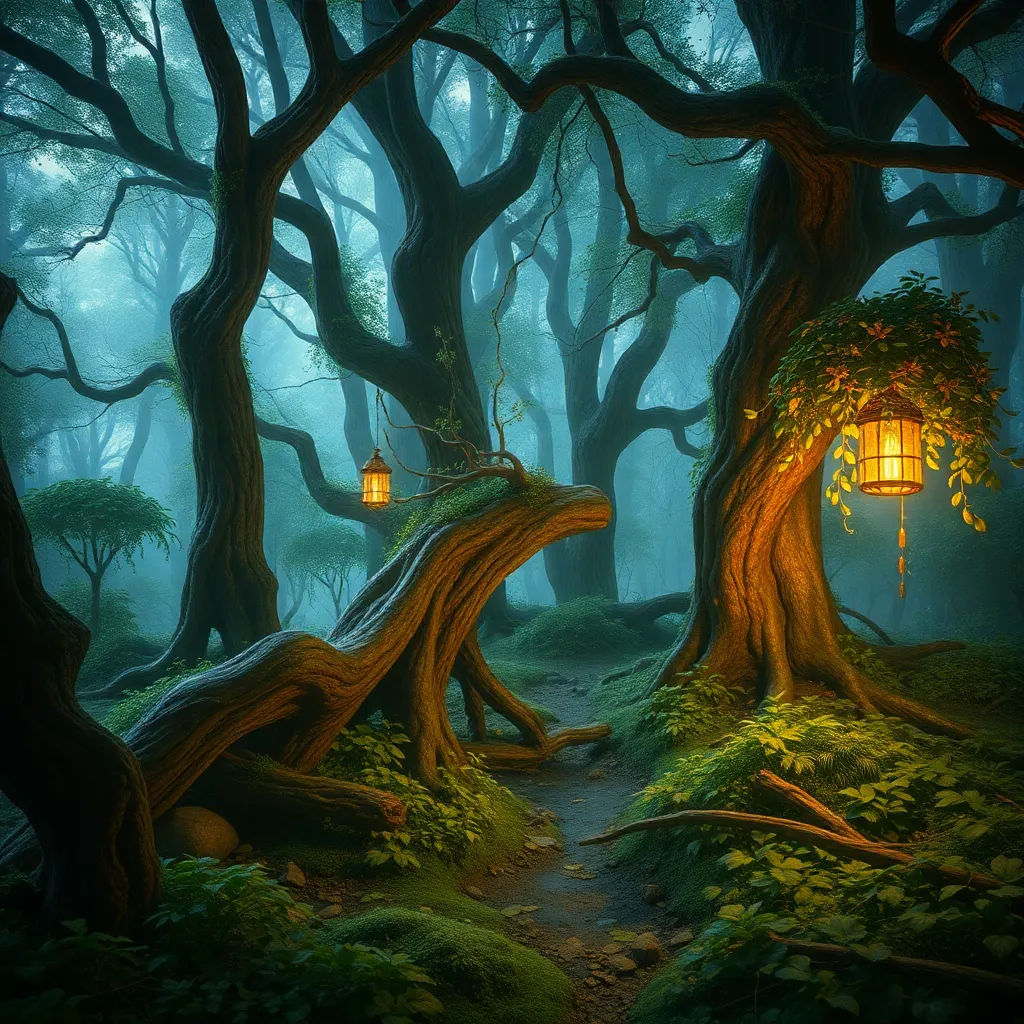The Dwarven Courage: Exploring the Strength and Determination of Dwarf Warriors
I. Introduction
Dwarven culture has long been a staple of fantasy literature and games, captivating audiences with its rich traditions, strong values, and formidable warriors. Dwarves are often depicted as stout, bearded individuals with a deep connection to the earth, known for their craftsmanship and combat prowess. Central to the archetype of the dwarf warrior is the emphasis on courage and determination, traits that define their character and influence their actions.
This article aims to explore the strength and determination of dwarf warriors, examining their historical context, characteristics, training, notable figures, and the broader impact of their courage on society. Through this exploration, we will gain a deeper understanding of what makes dwarven warriors such enduring icons in fantasy narratives.
II. Historical Context of Dwarf Warriors
The origins of dwarf warriors can be traced back to various mythologies and folklore, where they are often portrayed as skilled miners and smiths, as well as fierce combatants. In Norse mythology, for example, dwarves are known as “dvergar,” master craftsmen who created powerful artifacts for the gods. This mythological foundation established a framework for the dwarf warrior, blending the themes of craftsmanship and combat.
As modern fantasy evolved, so too did the representation of dwarf warriors. Dwarves became a staple of high fantasy works, particularly in the writings of J.R.R. Tolkien, whose depiction of Gimli in “The Lord of the Rings” highlighted the valor and bravery of dwarf warriors. The evolution of the dwarf warrior archetype has continued in various forms of media, including tabletop games, video games, and literature.
Throughout history, dwarf societies have faced numerous challenges that have shaped their warrior culture. Key battles, such as the War of the Dwarves and Orcs, have left lasting impacts on dwarf society, reinforcing the values of courage, honor, and resilience in the face of overwhelming odds.
III. Characteristics of Dwarf Warriors
Dwarf warriors are characterized by several distinctive traits that set them apart in the realm of fantasy combatants:
- Physical Attributes: Dwarves are known for their strength and resilience, often depicted as stocky and muscular. Their robust build enables them to endure the rigors of battle and withstand significant physical punishment.
- Mental Fortitude: Determination and bravery are hallmarks of dwarf warriors. They are characterized by their steadfastness in the face of danger, willing to fight against formidable foes to protect their kin and homeland.
- Cultural Values: Honor, loyalty, and camaraderie are deeply ingrained in dwarf culture. These values guide their actions in combat and foster strong bonds between warriors, enhancing their effectiveness on the battlefield.
IV. Training and Combat Techniques
Dwarf warriors undergo rigorous training to hone their skills and prepare for the challenges of battle. Their training regimen often includes:
- Intense physical conditioning to build strength and endurance.
- Mastery of traditional weapons, including axes, hammers, and shields.
- Drills in combat techniques, focusing on teamwork and strategy.
In addition to traditional weapons, dwarves are known to adapt and innovate their battle tactics. They may incorporate the use of siege engines, traps, and defensive formations, leveraging their knowledge of engineering and craftsmanship.
V. Notable Dwarf Warrior Figures
Throughout fantasy literature and gaming, several dwarf warriors have emerged as iconic figures:
- Gimli: A prominent character in “The Lord of the Rings,” Gimli epitomizes the valor and loyalty of dwarf warriors. His journey alongside Aragorn and Legolas showcases the importance of friendship and courage in overcoming adversity.
- Thorin Oakenshield: The leader of the company of dwarves in “The Hobbit,” Thorin embodies the traits of leadership and determination. His quest to reclaim the Lonely Mountain highlights the themes of honor and sacrifice.
Both characters exemplify the traits of bravery and resilience, serving as inspirations within their respective narratives.
VI. The Role of Dwarven Courage in Society
The culture of warriorhood significantly impacts dwarf communities, fostering a sense of unity and purpose. Dwarven courage shapes their relationships with other races, often leading to alliances forged through mutual respect and shared struggles. This courage serves as a source of inspiration for future generations, instilling a sense of pride and responsibility in young dwarves as they aspire to follow in the footsteps of their ancestors.
VII. Challenges and Adversaries
Dwarf warriors face numerous challenges, both external and internal:
- Common Foes: Dwarves often contend with formidable adversaries such as orcs, trolls, and dragons, who threaten their homes and way of life.
- Internal Struggles: Dwarf warriors must also overcome their own fears and doubts, often battling against the weight of expectations and the consequences of their choices.
In the face of these adversities, unity is essential. Dwarves rely on their camaraderie and shared values to face challenges together, reinforcing the strength of their warrior culture.
VIII. Conclusion
In conclusion, the exploration of dwarf warriors reveals a rich tapestry of courage and determination that defines their character. From their historical roots in mythology to their modern interpretations in literature and gaming, dwarven warriors stand as symbols of strength and resilience.
The enduring legacy of dwarven courage in fantasy narratives serves as a reminder of the importance of these traits in any warrior culture. As we reflect on the tales of these formidable fighters, we are inspired to embrace the values of honor, loyalty, and bravery in our own lives.



